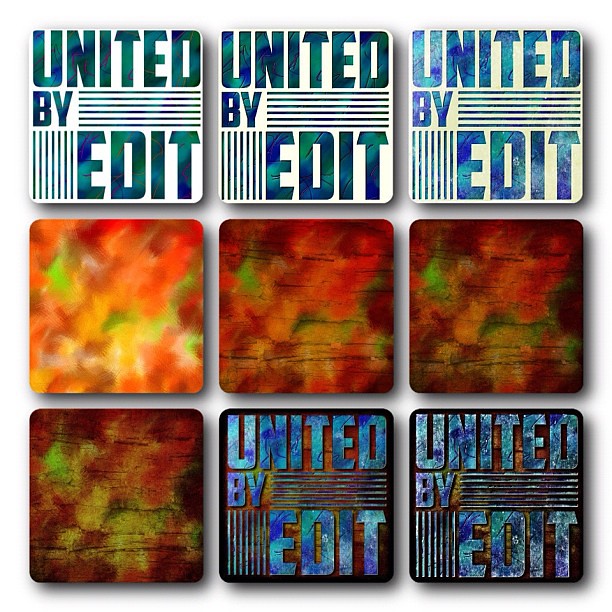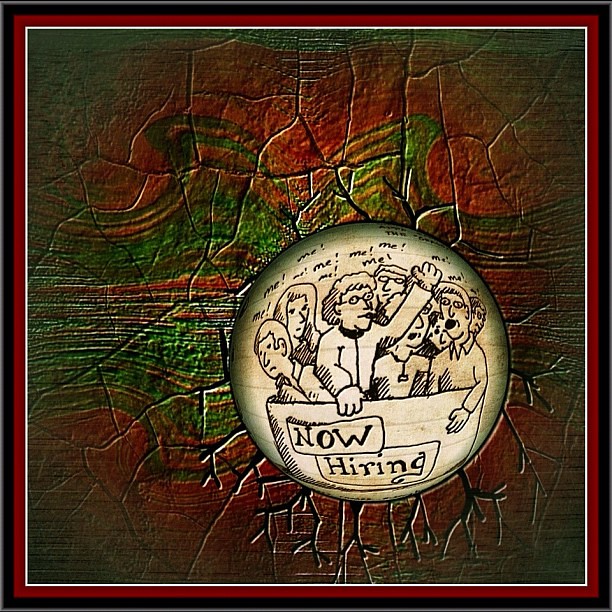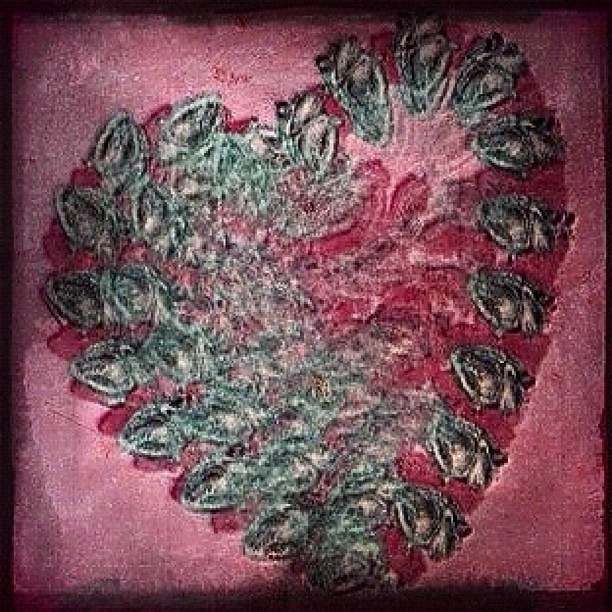 |
| I made this as a part of a the "United By Edit" logo competition on Instagram. No photos were used (or harmed) in the making of this image. |
Ever feel like you are a social movement of one? I know the feeling. And of course, the irony of those two sentences is that they contradict: If there's two of us, we are no longer alone.
 |
| Click to enlarge to see a bit of my process in making this. |
On Instagram, I participate in groups like #we_edit and #unitedbyedit, formed in part in response to photography groups who regularly criticize "too much honey" in a photo edit. But even in these groups, photography is not always the base. Plenty of folks are working with digital graphics apps and software that allow them to render from scratch or modify other captured content (preferrably open source or Creative Commons, but admittedly, not always).
 |
| Actually began as a photo, but made to look painted. |
Now don't get me wrong: I am not against digital photography or its imitations of its analogue ancestor. And I see the value, on paper or on screens, of the minimally edited photograph. But as we celebrate the ways tablet and smartphone technologoes are opening up people's creativity and generating "new" art movements (c.f. "iPhoneography"), I think it behooves us not to be too beholden to the familiar and to acknowledge the plethora of image creating possibilities these tools allow.
I think the real inovation of these tools is less the camera (although that is part of it, but certainly also available on lower IQ phones) than the screen. The screen is increasingly how we frame our shots (as opposed to the analogue and early DSLR view finder). It is also where we edit and view most images (since only very few of us print out our pics, and then only very few those, relatively speaking). But it is also where we forgo the camera entirely to use stylus or finger to draw, paint, clip, and blend images.
 |
| So, there's a photo of a drawing in this one? |
Maybe this is all just a matter of semantics. The "photo" in "Photoshop" hasn't stopped artists from using it even when they don't have a photograph to build on. More people use Instagram than those using digital "Instamatics" or their imitators. And every time someone complains about someone else's aesthetic or use of a tool, the offender tends to form communities as reaction formations to arbitrary rules. Making art is frequently about breaking rules and using tools in ways other than they were intended. No harm, no foul.
 |
| Click to enlarge some of the steps. |
 |
| Your Heart of Hearts. Made with a digital brush made from a heart diagram. Happy Valentines Day! |













